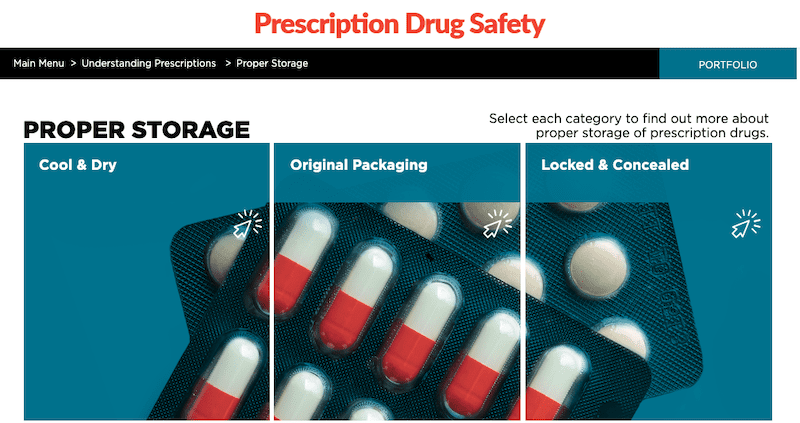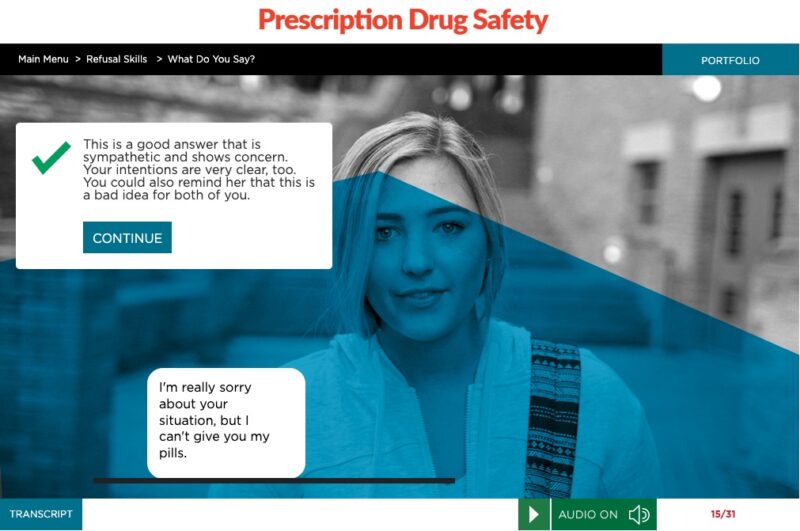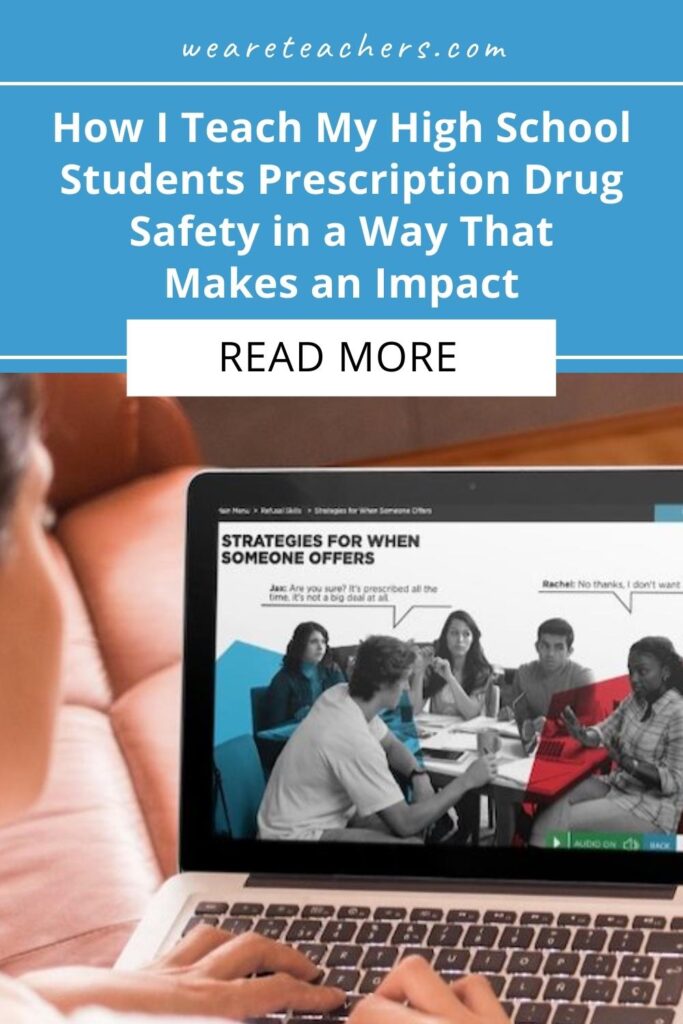Whether or not you have been touched personally by the growing opioid crisis in this country, chances are you have concerns about prescription drug safety among teens. This is especially true since the pandemic, when teens experienced a lack of social interaction and a growing sense of isolation and anxiety.
The sobering truth is that 100 Americans die each day from opioid overdoses. To add to the tragedy, the opioid crisis causes an economic burden of nearly $80 billion each year in health care and other costs. And reports show that overdose deaths accelerated during COVID-19.
Prevention education programs, especially those aimed at adolescents, have proven to be one of the most effective ways of combating prescription drug abuse. Reaching teens early with this information is more important than ever.
Thankfully, EVERFI has created an impactful, engaging program for high school students. EVERFI’s Prescription Drug Safety is a blended-learning course with six digital lessons plus discussion guides, lesson plans, and standards alignment. And the best part is it’s totally free!
We spoke with two high school health teachers and asked them to share their experience using Prescription Drug Safety with us.
Teachers are concerned for their students, now more than ever.
Robin Ruby teaches high school Physical Education and Health in Holland, Michigan, including a freshman course entitled Successful Living, which covers all aspects of physical and mental wellness. “The pandemic has heightened concern for most teachers across the board,” she says. “From food insecurity to domestic abuse to reports of spikes in depression and anxiety, the availability of substances like drugs and alcohol that may be available at home is concerning.”
EVERFI raises students’ awareness of prescription drug safety.

Colleen Donakowski, a high school PE/Health teacher in South Redford, Michigan, started using Prescription Drug Safety with her students in 2020, just as schools were switching to remote learning during COVID.
She tells us, “Surprisingly, most of my students had no idea there was a prescription drug abuse problem. They didn’t even know what opioids were. Going through the EVERFI course was an eye-opening experience for my students, for sure.”
Scenario-based learning really strikes a chord with students.

Part of EVERFI’s powerful methodology is presenting information as part of a “what-if” situation. What if a friend offers you a prescription drug? What if you notice a change in a friend’s behavior after they’re prescribed a medication?
“The scenarios were so effective for my students,” says Donakowski. “It got them thinking about different situations and gave them practice thinking about what they would do and what they would say.”
Ruby also appreciates that the situations are presented by kids, not adults. “Most kids are more open to listening to someone their own age,” she says. “It feels more authentic and leads to great conversations.”
Some students are weary of online learning, but EVERFI keeps them engaged.

“EVERFI is very interactive, very visual,” Ruby says. “My students really appreciate the variety, how the modules flow, and how it isn’t all the same.”
Donakowski praises the program’s accessibility, especially for her special education students. “It’s so easy for my kids with learning disabilities to do on their own. All of my students can work independently, go at their own pace, and best of all, no worksheets!”
EVERFI gives teachers the tools they need to reach students.
Donakowski says, “EVERFI is so easy—so much important information, in-depth, engaging, interactive. The number of hours it would take to pull all of this together—there’s no way one teacher could do that. EVERFI has been a lifesaver!”
Learn how you can become part of the solution with EVERFI’s Prescription Drug Safety resource for high school. It’s available at no cost to teachers and students!





















